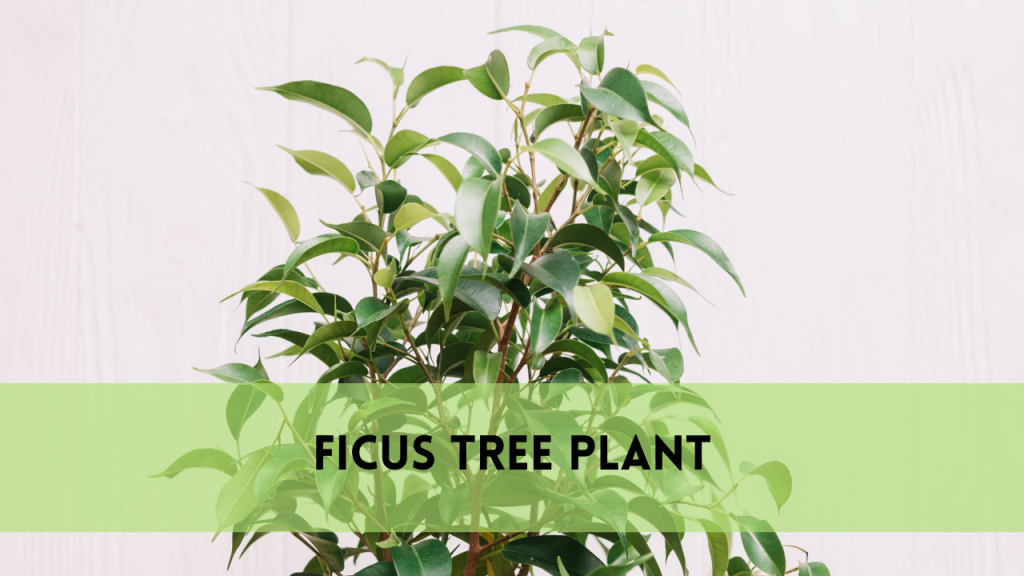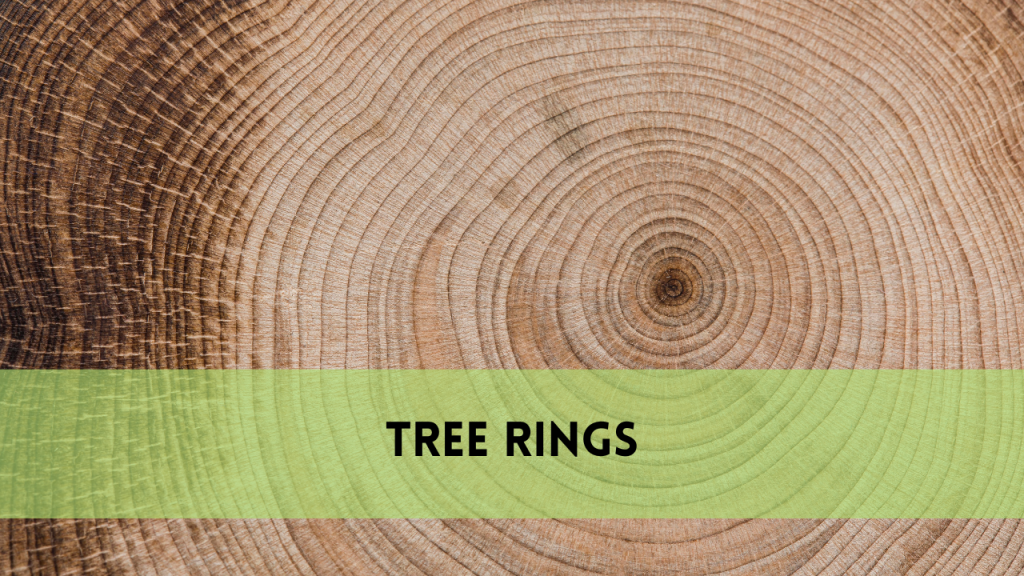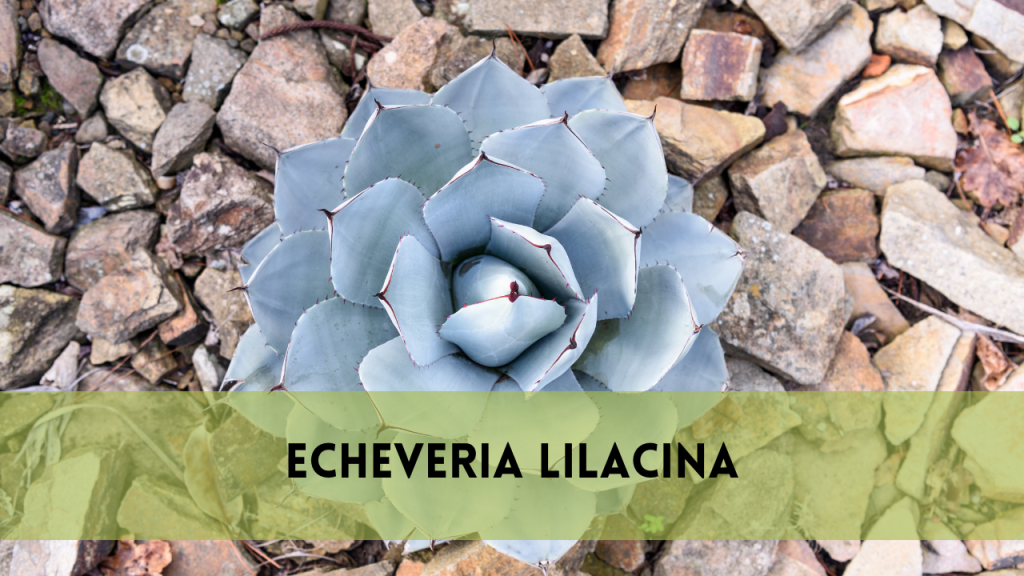Palo Verde trees
Palo Verde trees, with their green bark and vivid yellow blossoms, stand out in dry settings across the southwestern United States. Arborists and fans alike admire their tenacity and distinct adaptations to dry settings. In this detailed guide, we will look at the characteristics, care suggestions, and landscaping applications of Palo Verde trees, to provide useful information for arborists and gardeners.
Appearance and varieties
The green bark of palo verde trees, which performs photosynthesis and lessens the tree’s reliance on leaves, distinguishes them as members of the Parkinsonia genus. The vivid yellow blossoms, which normally occur in late spring to early summer, provide a stunning contrast to the environment. Parkinsonia florida and Parkinsonia aculeata are slightly different in size and floral characteristics, but they both have striking green bark. Palo Verde trees vary in height depending on their type and growing conditions. They can reach heights of 15 to 30 feet on average, with certain species capable of growing taller under ideal conditions. When gardening, proper trimming and maintenance can help you control the height and shape of your trees.
Adaptations to the desert environment
These trees thrive in arid environments, demonstrating drought tolerance and a predilection for well-drained soils. The green bark not only supports photosynthesis, but it also helps the tree store water, which is a vital adaptation for survival in arid regions. Arborists frequently recommend Palo Verde trees for xeriscape designs due to their low water requirements once established.
Types of palo verde trees

- Blue Palo Verde (Parkinsonia florida) This plant, found in the Sonoran Desert, has blue-green branches and bright yellow flowers.
It features smooth, bluish-green bark that aids in photosynthesis, lowering the tree’s water requirements. The flowers bloom freely in the spring, enticing pollinators.
Growth: This species can reach a height of 20 to 30 feet and has a spreading canopy that provides ample shade.
Due to its decorative appeal and drought resistance, xeriscape gardening commonly uses it as a specimen tree.
- Mexican Palo Verde (Parkinsonia aculeata) is endemic to Mexico and Central America, commonly found in dry tropical forests and savannas.
Characteristics include greenish-brown bark and small, vivid yellow flowers that bloom in bunches during the summer.
Growth: This species is typically smaller, reaching heights of 15 to 20 feet. It has a more compact growth habit than Blue Palo Verde.
Landscaping Application: It is appropriate for smaller landscapes or as a boundary tree, offering beauty and shade in arid regions.
- Foothill Palo Verde (Parkinsonia microphylla): This plant grows on rocky slopes and desert washes in the southwestern US and northern Mexico.
It has green bark with a faint bluish tint and produces a large number of small, vivid yellow flowers.
Growth: This species is usually smaller, reaching heights of 15 to 25 feet. It has a spreading canopy and is well-suited to hot, dry weather.
Desert landscaping and naturalizing slopes, as well as erosion management and wildlife habitat, are examples of landscape applications.
- * Littleleaf Palo Verde (Parkinsonia microphylla, ‘Sonoran Emerald’)
Littleleaf Palo Verde is a cultivated variation of Foothill Palo Verde, distinguished by its smaller leaflets and thick foliage.
It preserves the green bark of Palo Verde trees and produces dense clusters of yellow blooms in spring.
Growth: This cultivar grows compactly, reaching heights of 10 to 15 feet. It is ideal for smaller gardens or as a patio tree.
Landscape Application: It adds aesthetic appeal to urban settings and requires little upkeep once established.
Palo verde trees are drought-tolerant.
Palo Verde trees are extremely drought-tolerant. Various distinguishing features demonstrate their adaptation to arid conditions. The green bark of Palo Verde trees enables them to undergo photosynthesis, minimizing their reliance on traditional leaves and thus saving water. This adaptation allows plants to grow with minimum irrigation once established, making them excellent for xeriscape landscapes and drought-prone areas. Palo Verde trees can tolerate prolonged periods of heat and drought with little stress, making them excellent complements to water-conscious landscapes and gardens. Their resistance to dryness adds to their popularity in arid areas like the southern United States.
Optimal growing conditions
Palo Verde trees grow in full sun, needing at least six hours of direct sunlight per day. Well-drained soil is essential for preventing root rot, particularly during the establishment phase. Planting in high places or mounds can enhance drainage and foster healthy root development.
Watering and maintenance.
Regular watering during the early planting phase is critical for establishing a robust root system. Palo Verde trees are drought-tolerant once established, but they benefit from deep soaking on occasion during prolonged dry spells. Mulching around the tree’s base conserves moisture and regulates soil temperature.
Pruning and shaping
Palo Verde trees normally require minimal trimming. Remove dead or damaged branches as needed to maintain the tree’s health and aesthetic appeal. To accentuate the tree’s natural form, shape it in early spring before new growth begins.
Related Posts:
Landscaping Uses and Design Tips
Ornamental Value
People appreciate the beauty of Palo Verde trees, particularly during their full bloom. They make excellent focal pieces in xeriscape gardens or shade trees in residential environments. Planting them in groups can provide a dramatic visual impression, especially when combined with low-water desert plants.
Environmental Benefits
Aside from their visual appeal, Palo Verde trees contribute to environmental sustainability. Their capacity to thrive in arid environments lowers the need for extra watering, making them an environmentally benign option for landscaping in water-stressed areas.
Commonly found pests and diseases
Pest Management:
Palo Verde trees are largely pest-resistant; however, aphids and spider mites might appear on occasion, especially during lengthy dry times. Check the tree on a regular basis for signs of pest infestation, and treat early with insecticidal soap or horticultural oils if necessary. Maintaining overall tree health with adequate watering and fertilizer can also help prevent pest infestations.
Disease Control
While Palo Verde trees are generally disease-resistant, they may occasionally suffer from fungal problems such as powdery mildew or root rot in poorly drained soils. To reduce the danger of fungal infections, make sure the tree has excellent air circulation and avoid overwatering it. Pruning infected branches as soon as possible and applying fungicidal treatments as appropriate will help effectively control these challenges.
The study focuses on sustainability and the environmental impact of Palo Verde trees.
Choosing Palo Verde trees for landscaping not only improves the aesthetics of outdoor places but also contributes to environmental sustainability. Their low water requirements lower overall water usage in landscapes, especially in drought-prone zones. Furthermore, their ability to grow in hard environments helps conserve biodiversity by providing habitat and food for local fauna.
Economic benefits
Palo Verde trees provide long-term cost benefits due to their low maintenance requirements and water usage. Incorporating these trees into commercial or residential landscapes has the potential to increase property value while reducing irrigation utility expenses.
FAQS
Where do Palo Verde trees thrive?
Palo Verde trees grow in arid and semi-arid climates with abundant sunlight. They are ideal for desert landscapes and xeriscape gardens since they tolerate drought and appreciate well-drained soils.
How long does a Palo Verde tree live?
With proper care, Palo Verde trees can live for several decades. Their longevity varies depending on ambient conditions, maintenance techniques, and species.
When do the Palo Verde trees bloom?
Palo Verde trees bloom in late spring to early summer, usually in May or June, depending on the local environment. During this time, they develop clusters of bright yellow flowers, which blanket the tree and create a stunning display.
How does one propagate Palo Verde trees?
You can reproduce Palo Verde trees using seeds or cuttings. Gather seeds from ripe pods in late summer or early fall and spread them in well-drained soil. Keep the soil moist until germination happens. You can also take cuttings from semi-hardwood stems and root them in an appropriate propagation medium.
Conclusion
Palo Verde trees are a tribute to nature’s persistence and beauty, perfectly suited to thrive in arid regions while providing several advantages to landscapes and populations. Whether you’re an arborist, landscaper, or homeowner trying to improve your outdoor space, recognizing the distinct traits and maintenance requirements of Palo Verde trees assures their effective incorporation into a variety of settings. Palo Verde trees demonstrate sustainable landscaping approaches that promote ecological health and aesthetic satisfaction by capitalizing on their drought tolerance, ornamental appeal, and environmental benefits.



